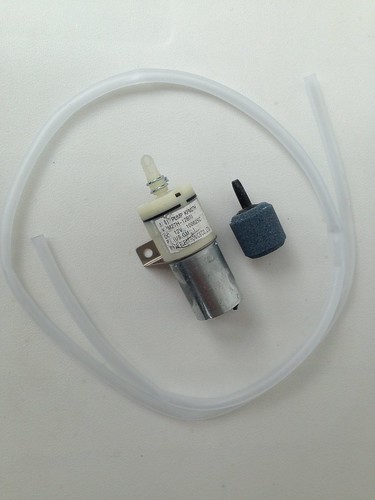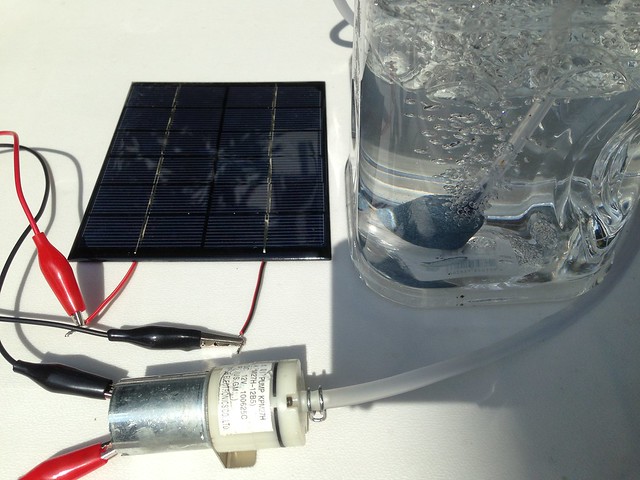I looked over the all about soil post in these forums, but am unsure which type of mix would be recommended for this type of setup. Tracking down some pro-mix at a decent price seems to be a bit of a hassle so I'm planning on mixing my own.
This year will be my first time growing pretty much anything other than aquarium plants or pineapples so any help would be appreciated. I understand the concept of this type of setup and it's my understanding that I need a mix that will wick well, but i'm unfamiliar with what components do what exactly.
This year will be my first time growing pretty much anything other than aquarium plants or pineapples so any help would be appreciated. I understand the concept of this type of setup and it's my understanding that I need a mix that will wick well, but i'm unfamiliar with what components do what exactly.



